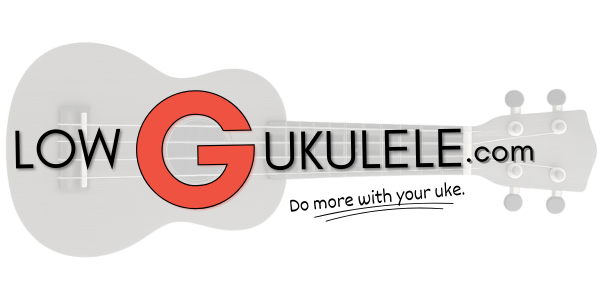Click here to jump straight to the TAB.
“Swallowtail Jig” is a great beginner Irish session tune that sounds great, even if it is a bit simple. It appeared at some point in the 1800s, and you’ll sometimes see it called “The Dancing Master” or something similar. “Swallowtail” refers to the coats with tails that dancing masters wore in the 19th century.
When researching “Swallowtail,” I saw it consistently referred to as a “double jig.” As you dig into folk music, you’ll start to see terminology like this that can be confusing. Looking at the sheet music, “Swallowtail” is in 6/8 with two repeating 8-bar sections. Other tunes that follow the same form are routinely just called “jigs.” So what gives?
Turns out that “double jigs” and “jigs” are the same thing, at least these days. The double jig became such a popular form that it overtook and replaced the general term. A “double” was in contrast to a “single” jig back in the day. A single, as you might expect, was half as long, with 4 bars of 6/8 in a section.
If you’re ever unsure, it’s fine to just call a tune a jig without modifying it. In fact, if you ever attend a session, you might not hear terms like “jig” or “reel” at all. Players tend to leave off the tune type from the name because it isn’t necessary. If you know “Swallowtail” already, then you know it’s a jig. And if you don’t know it, it will become obvious very quickly once you start listening.
“Swallowtail Jig” Playing Tips
As promised, “Swallowtail Jig” follows a standard jig (or double jig) format. When you play in 6/8 time, don’t try to count to six in your head over and over to keep time. What you’re really doing is counting to two while counting to three over and over. Confused? Here’s what I mean:
ONE-two-three TWO-two-three
While there are six beats in a measure, beats 1 and 4 are the important ones. These downbeats set the time for dancers. They’re the landmarks that keep everyone in line. The other four notes complete the pair of triplets and give a jig a different feel than a song in 2/4, but they aren’t as crucial to the timing of the song, which is why you’ll see them left out of some measures.
If you’re having trouble getting the hang of this timing and putting the emphasis in the right place, it can be helpful to play through the tune playing only the downbeat notes. Put on a metronome and only play the ONE, TWO of each measure. After you get that down, start adding the other notes, but pick your downbeats a little harder. You’ll be surprised how natural this feels after just a little bit of practice.
I’m including both a low G and high G version of this tune for you to practice. The low G version is in the key of G (Am), which is probably the most common way you’ll hear it recorded (you can play along with popular recordings for once!). It sounds pretty good on uke, but it is an octave lower than how you’ll hear it played on fiddle, mandolin, pipes, etc.
The high G version is in C(Dm), which won’t match up with any recordings I know of, but the higher range does sound a bit better to my ear on uke. You will spend a good bit of time jumping up to the 7th fret on the A string, though, so watch out!
Click the link or the ‘Download’ button below to see the sheet music if your browser doesn’t display the embedded PDF. The high G version is bottom download button.
“Swallowtail Jig” Low G Sheet Music Download
“Swallowtail Jig” High G Sheet Music Download

Leave a Reply